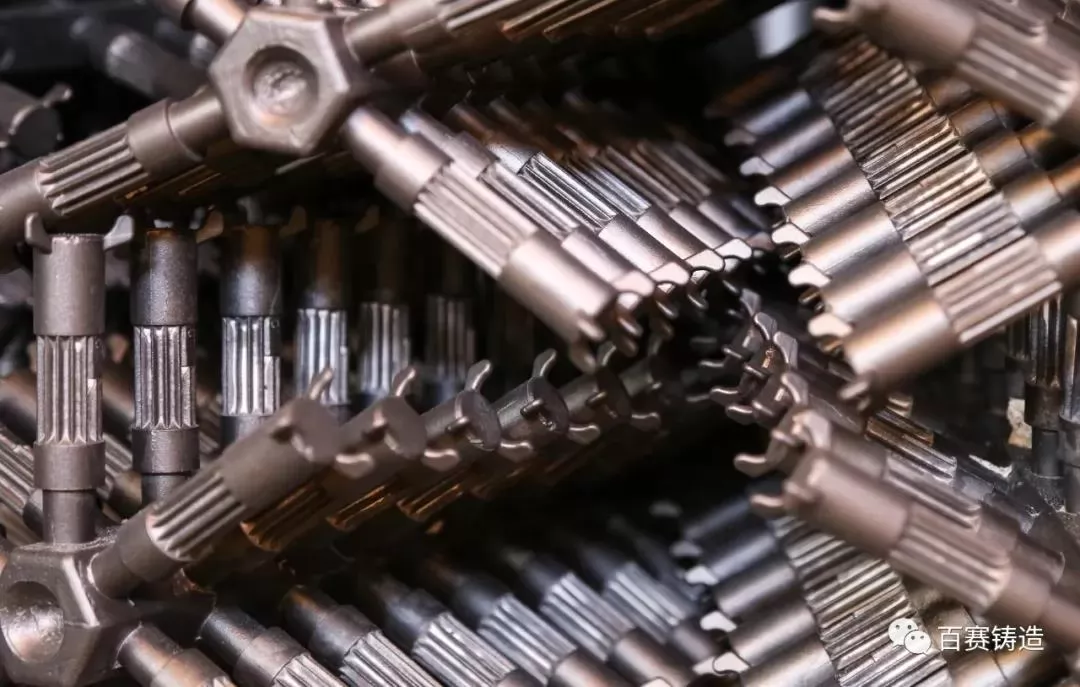
Investment Casting Cost Estimation
The cost of investment casting can vary widely based on factors such as the size and complexity of the part, the type of material used, the number of parts ordered, and the level of post-casting processing required. So, without knowing the exact details of the metal part, it is difficult to provide an accurate cost estimate.
However, to give you an idea of investment casting costs, here are some approximate estimates:
Small, simple metal castings: only a few hundred dollars each.
Larger, more complex parts can cost thousands of dollars each.
Tooling costs range from $4,000 to $30,000, depending on the complexity of the tooling.
Therefore, the approximate budget you will need will depend on the size, complexity and quantity of the parts you need to produce.
To get an accurate quote, you should consult with an investment casting company and provide them with detailed specifications of your project. They can provide you with detailed pricing so you can work out the final cost.
Factors Affecting the Cost of Investment Casting
There are several factors that affect the price of investment casting:
- Raw Material Cost of Investment Casting
- Casting Cost
- Subsequent Processing Cost
- Other Costs
1. Raw Material Cost of Investment Casting
The cost will depend on the metal alloy. Among steel castings, stainless steel castings are the most expensive high-grade stainless steel. The material cost of stainless steel castings depends on the material grade. For example, SS316 (L) will be more expensive than SS304 (L).
Compared with steel castings, cast iron parts are much cheaper due to the lower cost of ferroalloys. Of course, for the same material, the cost may change at different times. Therefore, when the material cost is lower, buyers will get cheaper castings.
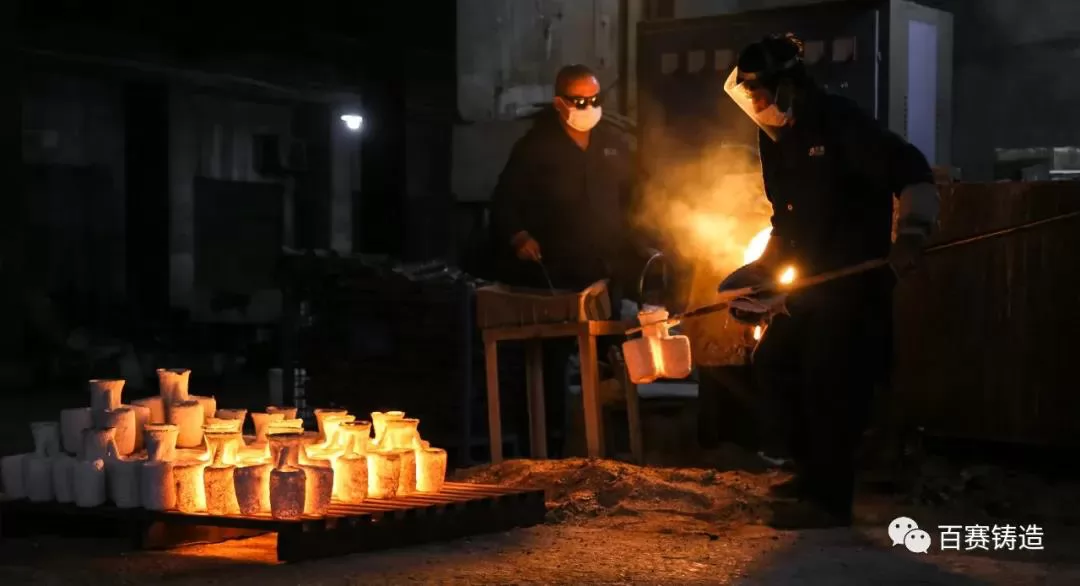
2. Casting Cost
There are three main factors that affect the casting cost
• Production rate of casting system
The production rate of the casting system is the percentage of the actual weight of the casting product to the weight of the entire casting system. The casting cost per unit weight is inversely proportional to the yield. The lower the production rate, the greater the cost.
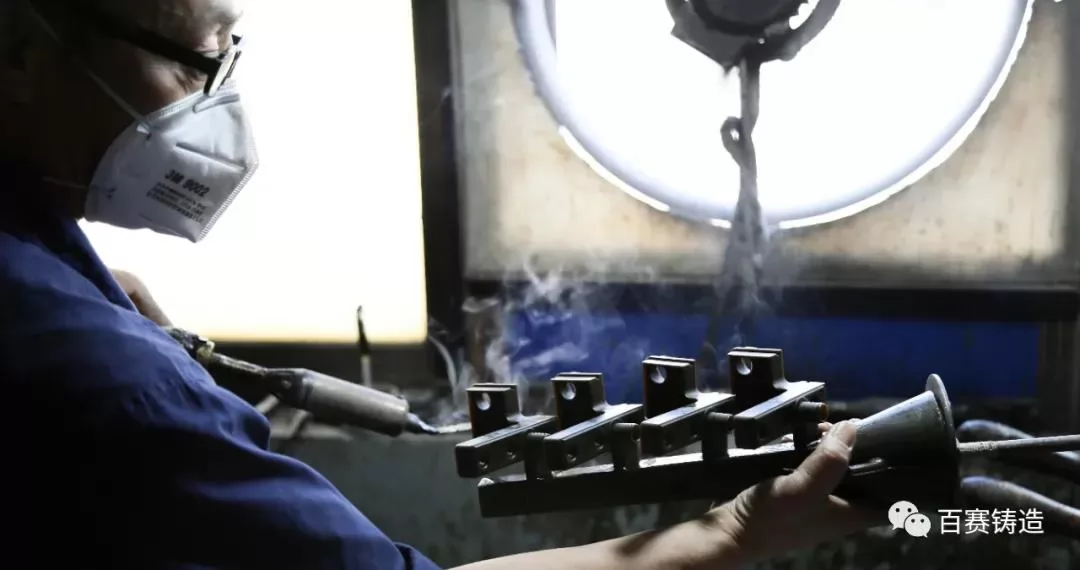
For a specific precision casting, the yield is equal to the total weight of the precision casting on the same tree, expressed as a percentage of the weight of the entire tree. It is related to precision casting structure and tree grouping scheme. It can range from 30% to 60%, most of which are between 40% and 50%. The lower the casting yield, the higher the cost.
The relationship between front-end cost (cost before casting) and yield is: the front-end cost per kilogram of castings is inversely proportional to the yield. The lower the production rate, the higher the cost of front-end precision casting per unit weight. If the production rate is lower, the impact of the increase in cost will be greater.
From the experimental data, it is concluded that the production cost before casting is calculated as the yield rate: for the same casting product, the rate of impact of the yield rate on the front-end cost of precision casting per kilogram is inversely proportional to the square of the yield rate.
When the production rate is 45%, the cost of precision casting per kilogram will increase by 0.07 dollars for every one percentage point decrease. When the output is 30%, the cost of precision casting per kilogram of the front end will increase by about 0.12 dollars for every 1% decrease, which shows that the production rate has a significant impact on the cost.
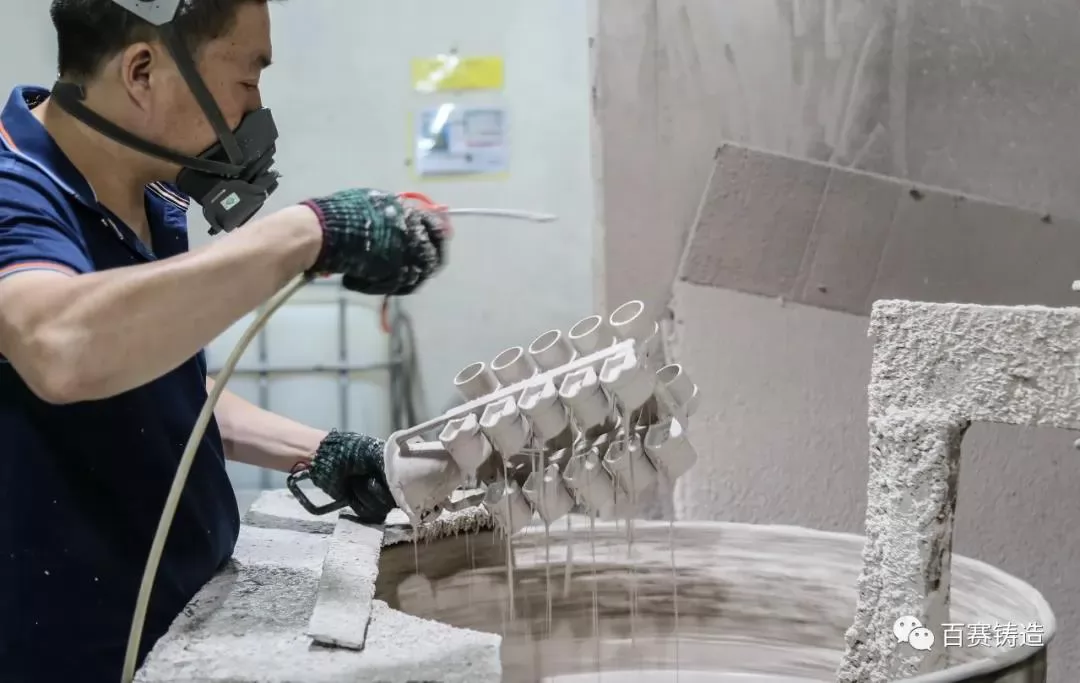
On the other hand, certain precision castings, especially thin-walled castings with irregular shapes, will result in a substantial decrease in the production rate due to the limitations of the structural design of the casting system. This important factor should be considered when determining the price of precision castings.
• Casting process
Precision foundries need to check whether the blank casting process can be used to produce blank castings. Some factories may use green sand, some may use resin sand, shell casting, and automatic molding processes. Green sand is cheaper, while shell casting is the most expensive.
Relevant factors include dimensional tolerances, surface quality, structural complexity, annual demand, weight, and size. These factors will affect the cost of rough castings. Of course, if the casting process cannot meet the requirements of the product and order, other suitable processes can only be selected.
Here, we will also discuss the use of water glass investment casting and silica sol investment casting technology to make investment casting parts. Silica sol casting will make precision castings have better dimensional accuracy and surface finish.
Therefore, the cost will be higher than that of water glass casting. Of course, water glass castings are more easily accepted by customers due to their lower production costs. However, if more precise tolerances and surface finish are required, silica sol casting is preferred.
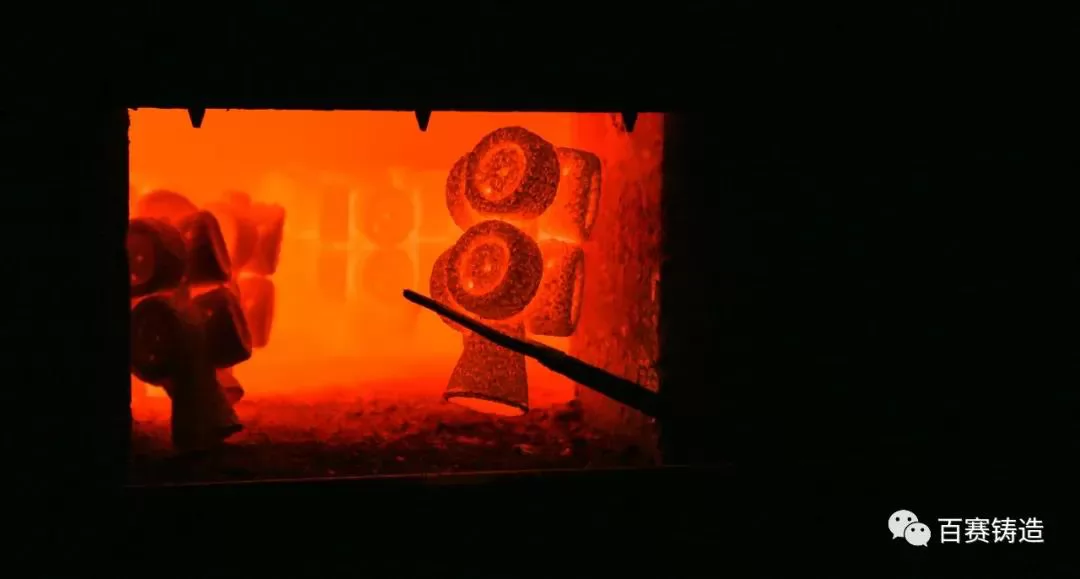
• Number of shells
Due to different casting shapes and structures, the casting shell requires different layers. For example, for castings with elongated holes or grooves, more layers are required than in ordinary castings. Basically, the larger the casting, the more layers are needed.
In general, the cost of raw materials and auxiliary materials accounted for 60%, fuel and power accounted for 25%, and wages accounted for 15%. Among the auxiliary materials, the consumption of zirconium sand and zirconium powder accounted for about 60%, accounting for 45% of the total cost of making the shell, and the cost of silica sol was about 13% of the cost of the shell.
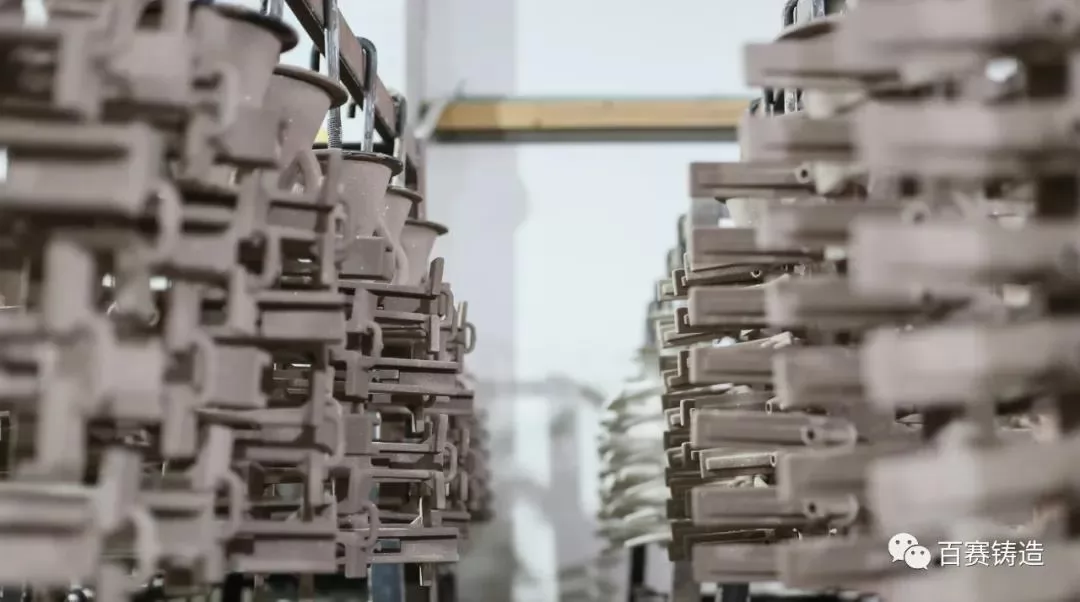
3. Subsequent Processing Cost
Processing cost is usually calculated based on processing difficulty. The greater the processing difficulty, the higher the cost. At the same time, the annual demand is also an important factor affecting processing costs.
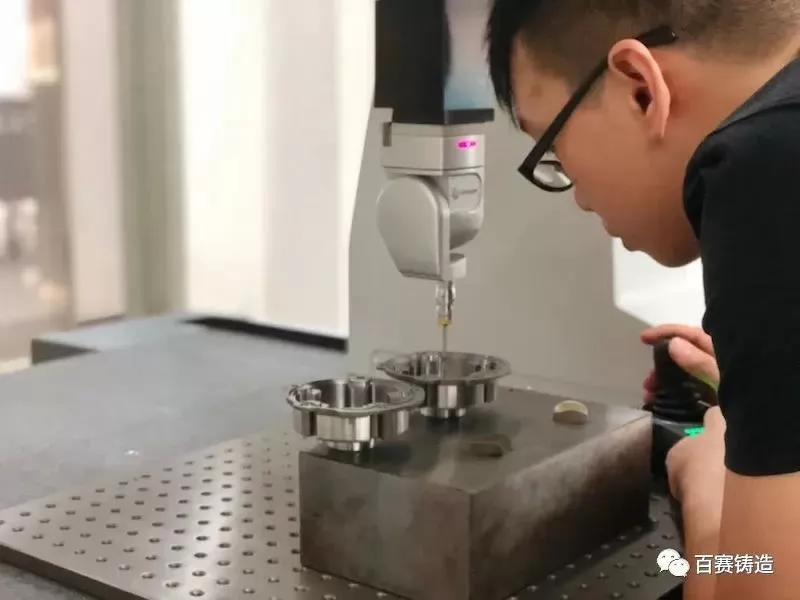
If one foundry does not have the ability to perform self-host processing, it will have to entrust other specialized machining outsourcing partners to perform processing.
This is not the best choice, because the cooperation between casting foundries and their processing plants may bring more difficulties and delay delivery. Besides, the quotation needs to take into account the relevant processing equipment, working hours, and prices. Therefore, the processing cost is difficult to calculate.
Besser Casting has its own machining workshop and professional technical team. We can not only guarantee the quality of castings, but also design a more reasonable machining plan through an in-depth understanding of the mechanical properties, micro-deformation, and tolerance accuracy of the castings.
This is generally not available in factories that only focus on the machining of raw materials. Besser Casting focuses on professionalism. In this way, we can reduce machining costs and quality risks for customers.
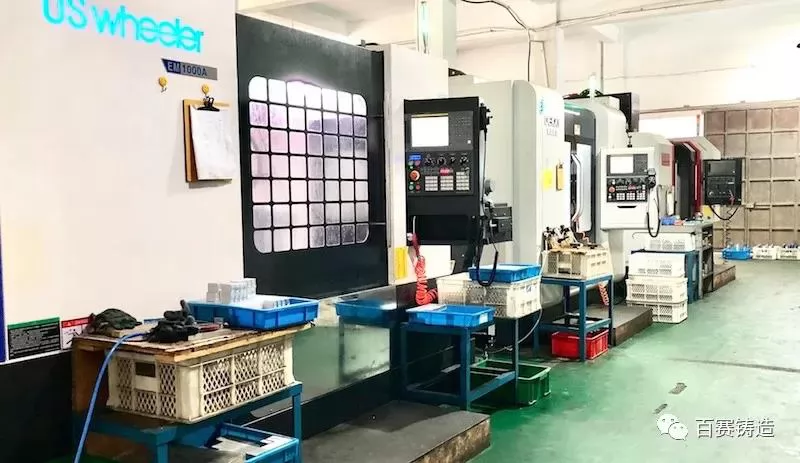
4. Other Costs
Fuel and electricity costs: Besser Casting is committed to the pursuit of sustainable reduction in energy consumption. In recent years, we have continuously studied the environmentally friendly energy consumption equipment launched by equipment manufacturers in the industry, and achieved the goal of continuously reducing energy consumption by purchasing equipment with higher energy consumption efficiency.
Labor costs: In China, although labor costs continue to rise, compared with developed countries, their costs are much lower. Manufacturing precision castings in Europe and the United States is very expensive. However, European countries, led by Poland and Italy, are already strong opponents of Chinese foundry companies in terms of casting prices, not to mention India, which has more mature technology and management.
Therefore, Chinese foundry companies should spare no effort in the development investment and improvement of automation equipment, and use truly excellent technology and management to provide the world with high-quality and cost-effective castings.
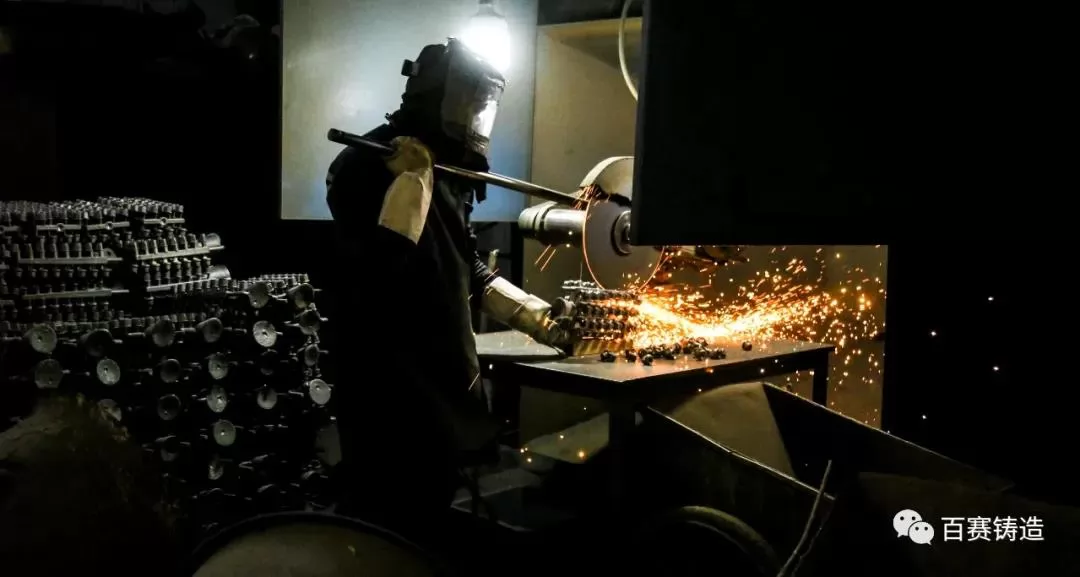
Solution cost: This includes the required quantity and delivery time. Larger quantities and relatively loose delivery time will help our customers get lower prices.
Packaging and transportation costs: We can package castings suitable for import and export by sea, air, and land according to customer requirements. Usually, we will protect the products with cartons and put them in custom-sized export wooden boxes. For more careful packaging, the cost will be higher.
Exchange rate costs: Exchange rate fluctuations are also one of the management costs of our castings for global customers.
Conclusion
When you work with the professionals at Besser Casting, we can provide you with the most cost-effective investment casting services. Request a quote for more information on how our casting services can meet your project requirements.



